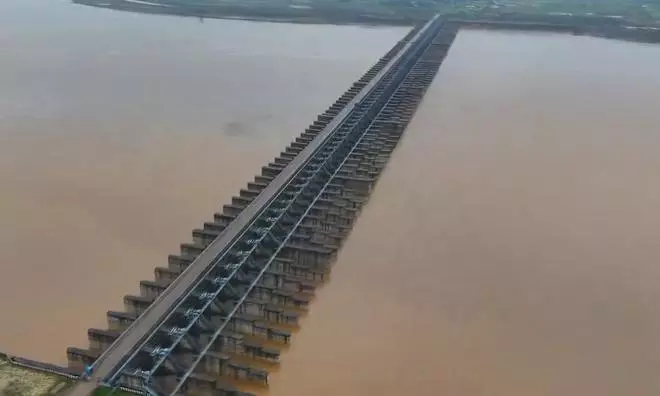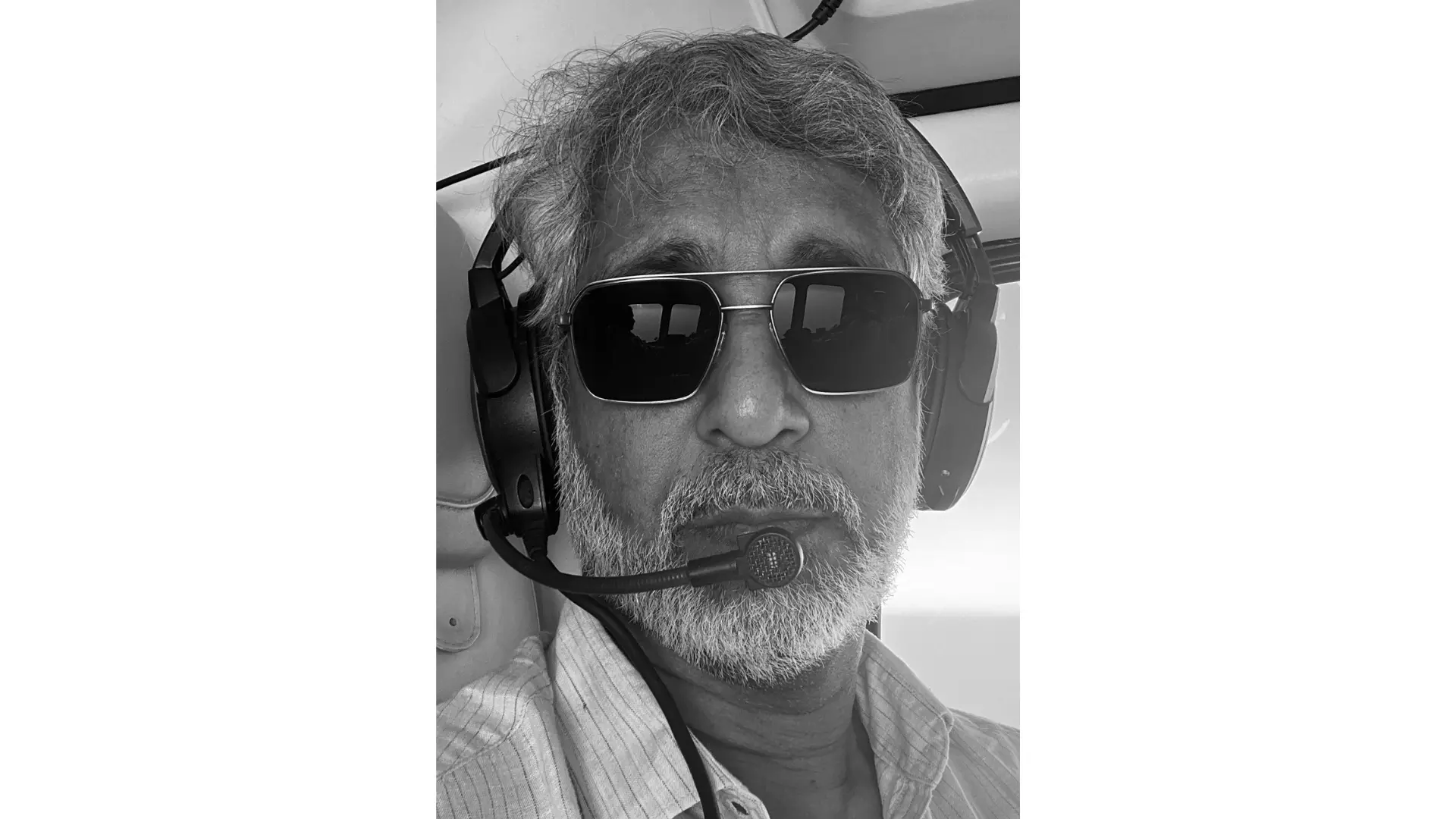BRS Contract Didn’t List Godavari as River

Hyderabad: A small but crucial fact – that the Godavari is a river — was omitted from the contract that the irrigation department under the BRS government signed with L&T PES-JV during the construction of the Medigadda barrage.
This ended up costing the state more than Rs.61 crore, an expenditure that could have been avoided, for a cofferdam – meant to stop, and divert water — to enable construction at the Medigadda barrage site. The cofferdam is dismantled after the main structure comes up.
The bid documents specified that the cost of building the cofferdam, and its later dismantling, must be borne by the contractor. However, the bid document only mentioned a cofferdam constructed across a ‘nala’, a ‘vagu’, or a ‘drain’.
That the fact that Godavari is a river on which the Medigadda, Annaram and Sundilla barrages were built was never included these bid documents.
According to K. Sudhakar Reddy, chief engineer (full additional charge) of the Kaleshwaram lift irrigation scheme, who was superintending engineer at the time the contract was signed, all the three barrages were built on Godavari, a “major perennial river in India” at which “huge diversion and dewatering” are required.
As “the barrages had to be built in a shorter period of two years, the cofferdam has been included in the estimates as per the detailed project report given by WAPCOS,” he said.
Sudhakar Reddy was deposing on Saturday before the Justice P.C. Ghose commission of inquiry into the causes of problems at the Kaleshwaram project’s barrages.
To a question from Justice Ghose on whether the extra amount paid to the agency amounted to a loss to the government, Sudhakar Reddy replied: “Yes.”
When Justice Ghose asked who authorised the payment of Rs.61.21 crore towards the cofferdam, the official replied that it was “higher officials.” He added that this amount was not paid to the company as the final bills were yet to be cleared.
Sudhakar Reddy, answering a pointed question on who the “higher officials” were, responded that the instructions were issued during a site visit by the project’s then chief engineer and the then irrigation minister.
Justice Ghose, later during the questioning, returned to the issue of the cofferdam and asked if it was removed fully after the construction of the barrage, or parts of it were left on the river bed without being dismantled, and whether the presence of the structure altered the nature of the river’s flow, and jeopardised the integrity of the barrage.
Sudhakar Reddy responded saying Justice Ghose was “partly correct”, as only part of the sheet piles used for the cofferdam were removed.
To another pointed question whether the inclusion of the Rs.61.21 crore costs for the cofferdam, that were added in the second revised estimates that were prepared after the barrage was inaugurated was a “deliberate step” to bypass the terms and “siphoning out the money paid,” Sudhakar Reddy said at that point of time he was not at the project.
He agreed with Justice Ghose when asked if not removing the cofferdam and its sheet piles did not amount to “gross neglect” that resulted in altering the river flow and causing damage to the barrage. Sudhakar Reddy said “this was partly correct.”
Some new findings of Commission of Inquiry
Extensions given to contractor at Medigadda due to irrigation department’s fault as quantities of components increased.
Delays in designs contributed to extensions without any penalty on contractor.
KLIS taken up as per WAPCOS’ project report, T. Harish Rao was irrigation minister then. WAPCOS, a Central PSU, given the job for detailed project report on nomination basis by BRS government.
Model studies showed inadequate energy dissipation arrangements at Medigadda.
Damage occurred to downstream apron and CC blocks when gates were opened at full reservoir level capacity of Medigadda barrage.
Faulty stilling basin design led to damages.
Kaleshwaram Irrigation Project Corporation Limited formed by irrigation department following government decision, Harish Rao was irrigation minister then
Damage after the 2019 floods in Godavari repaired at Annaram, not at Medigadda.
49.61% hike in dewatering costs, but money was paid to the contractor at Medigadda as per “rules in vogue.”

